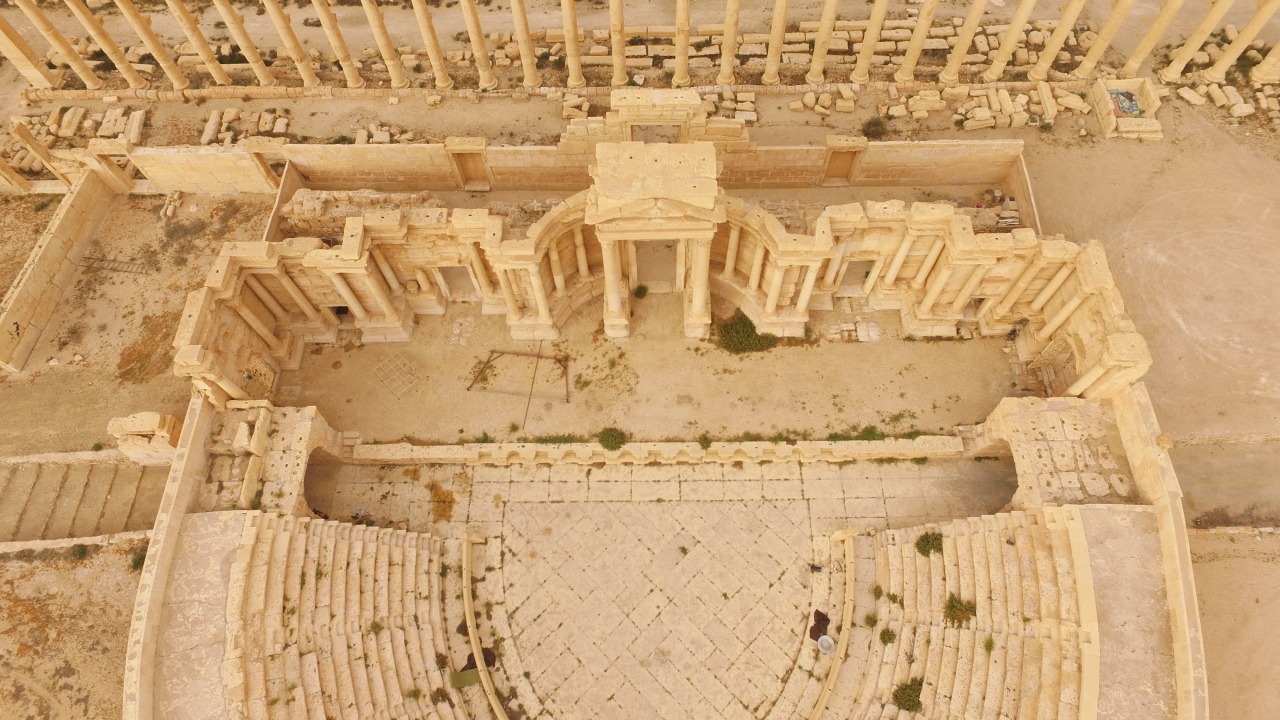Roman Theatre Of Palmyra: The Site Where ISIL Executed 25 Captives In July 2015
Deep in the Syrian Desert lies Palmyra, an ancient city known for its incredible Roman ruins.
One of its most remarkable sites is the Roman Theatre of Palmyra.
This unfinished yet monumental structure was constructed during the Severan period, around the second century CE, under the reign of the Severan dynasty of Roman emperors.
This theatre, though partially incomplete, has seen many chapters of history, from its glory days as a cultural hub to its recent struggles and ongoing restoration.
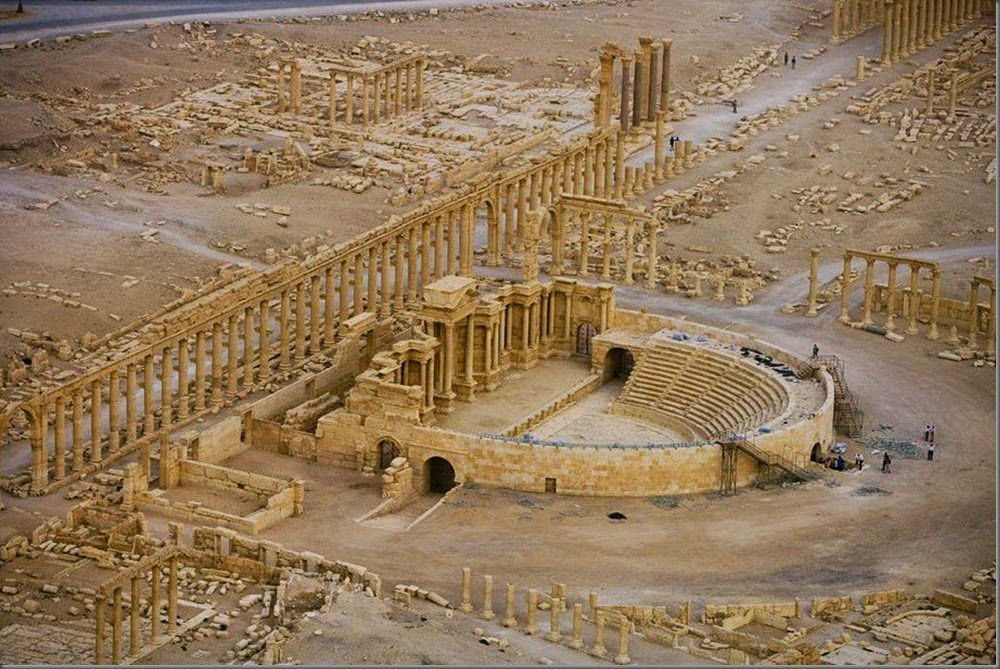
The Design Of Roman Theatre Of Palmyra
The Roman Theatre was built in the center of a large, semicircular plaza that opened towards Palmyra’s South Gate.
This plaza, measuring 82 by 104 meters, was strategically located to highlight the theatre’s importance.
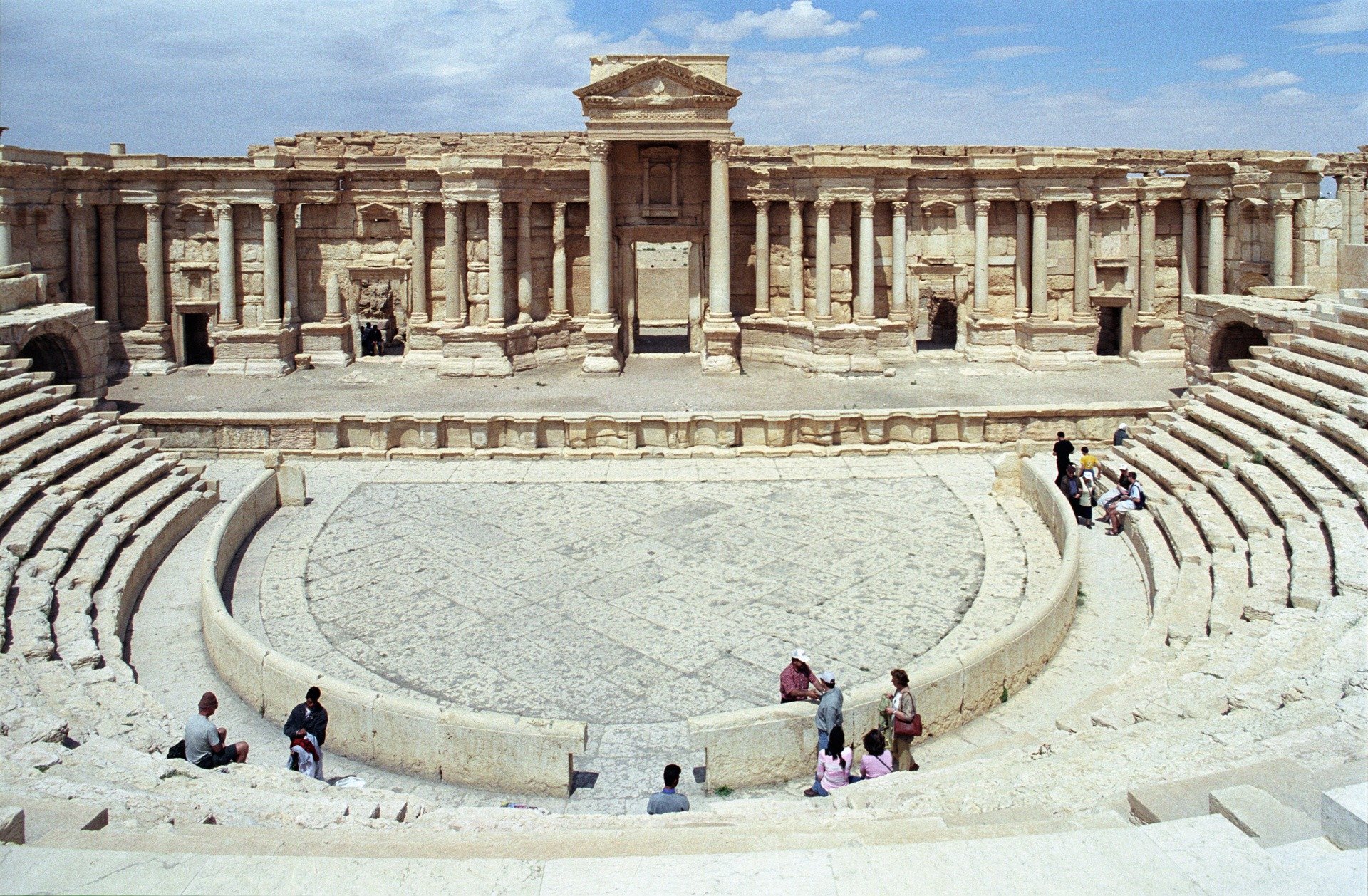
The theatre’s seating area, known as the cavea, is 92 meters in diameter and includes only the lowest section, the ima cavea.
This area is divided into eleven wedges with twelve rows of seats each, facing north-northeast.
The stage, measuring 45.5 by 10.5 meters, is decorated with Corinthian columns.
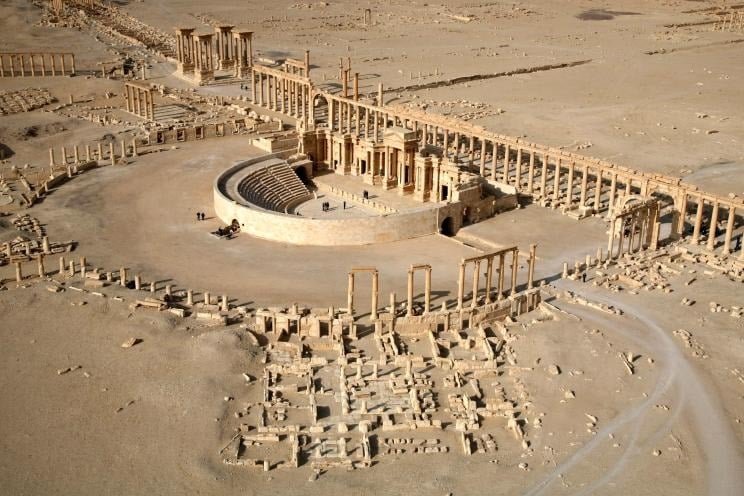
The stage backdrop, or proscenium wall, features a series of curved and rectangular niches.
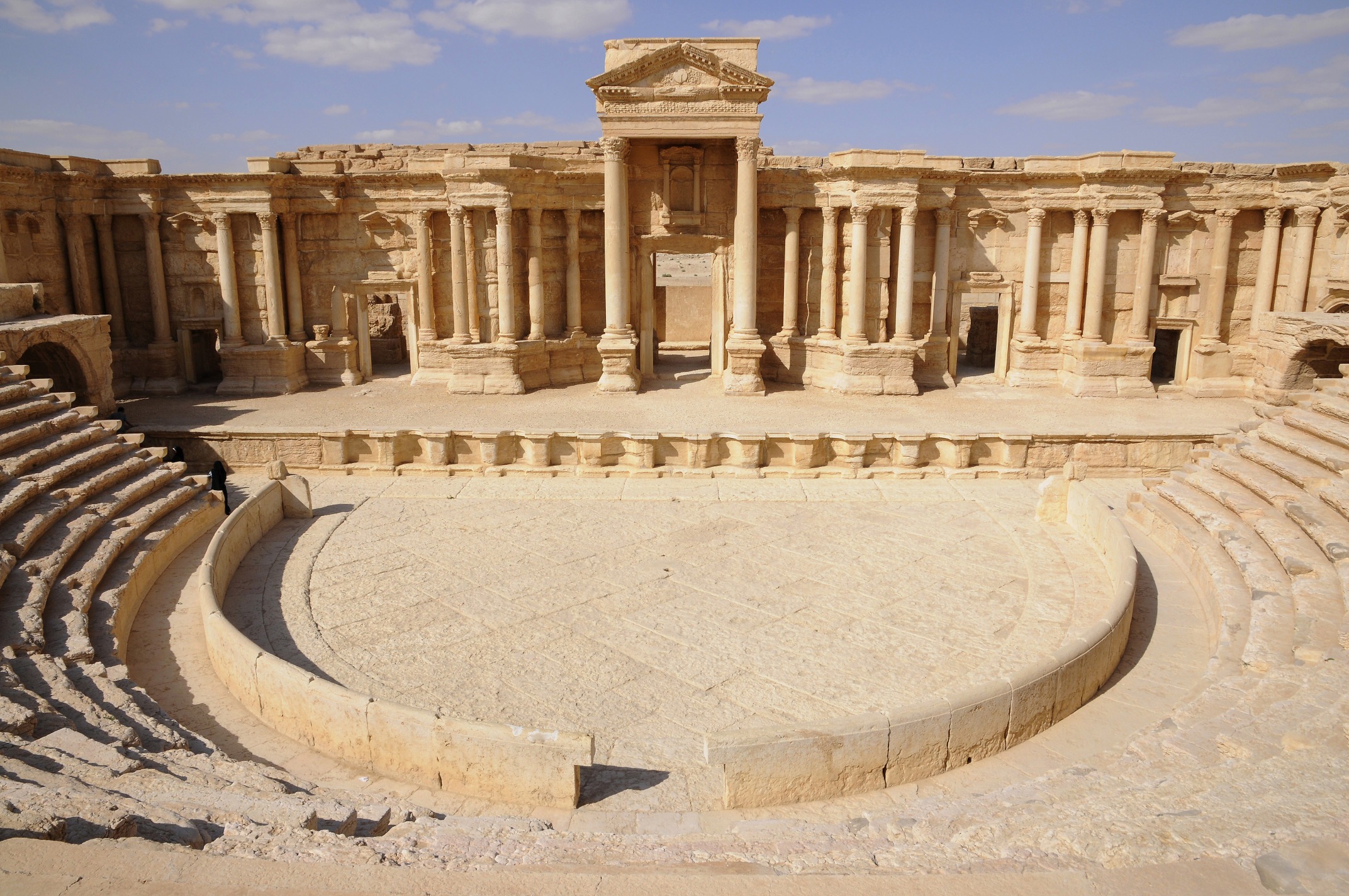
The stage itself has two staircases for access and five doors, including a grand entrance where Emperor Nero’s statue once stood.
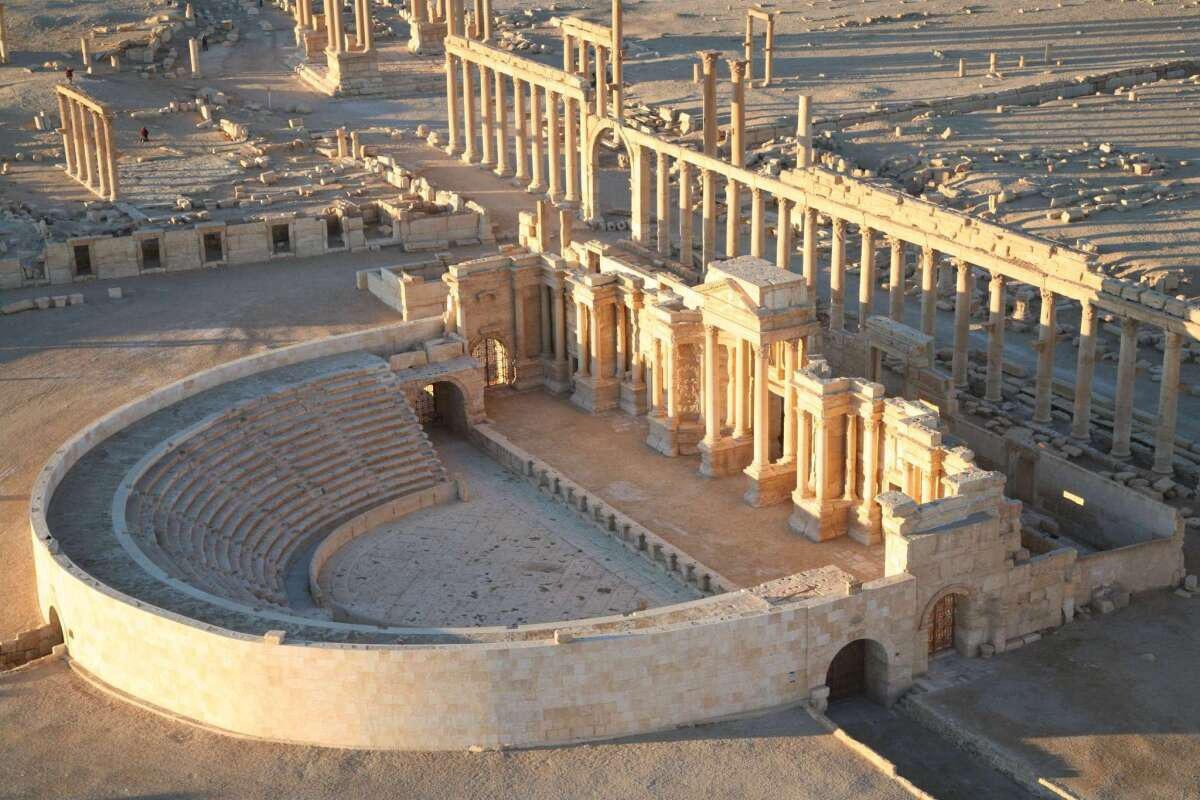
From Cultural Center To Conflict Zone
Roman Theatre was a vibrant cultural venue, hosting performances and festivals that brought the community together.
In the 1950s, it was excavated and restored, becoming a key part of the annual Palmyra festival.
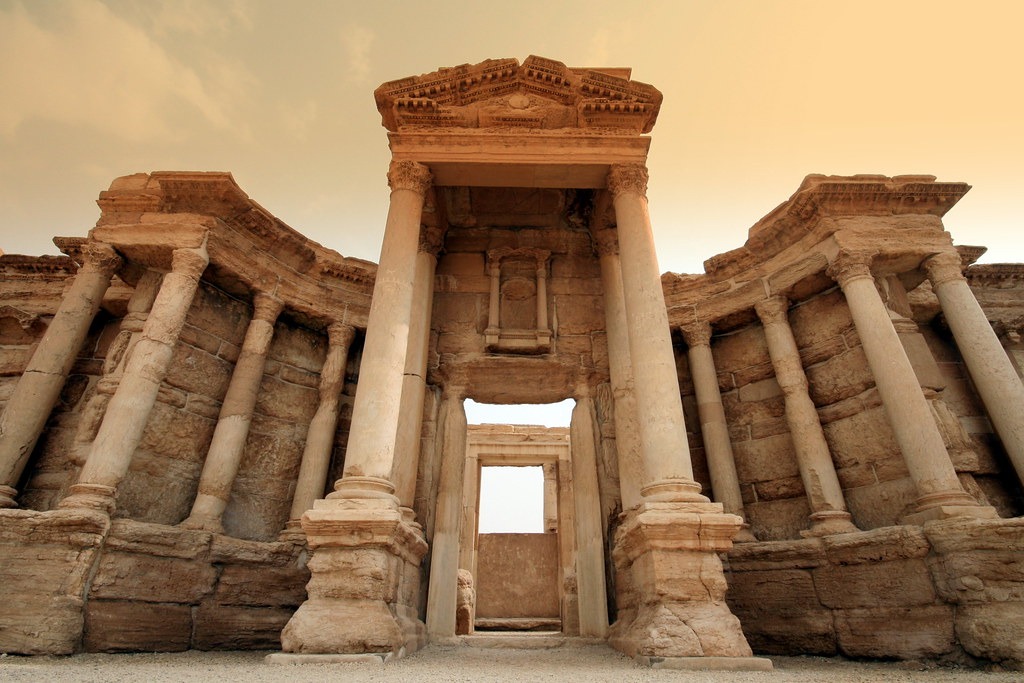
However, during the Syrian Civil War, the theatre became a site of horrific events.
In May 2015, the Islamic State of Iraq and the Levant (ISIL) took over Palmyra.
ISIL released a video in July 2015 showing the brutal public execution of 25 captives on the theatre’s stage.
This act of violence shocked the world and highlighted ISIL’s disregard for human life and cultural heritage.
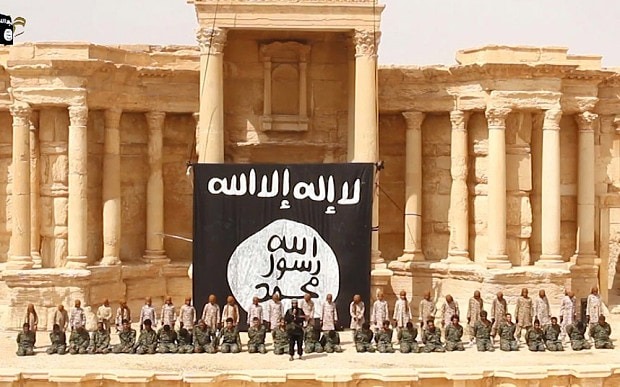
The Destruction Of Roman Theatre
The occupation of Palmyra by ISIL marked a dark chapter in the history of the Roman Theatre.
The group deliberately targeted the city’s ancient monuments, including the theatre, as part of its campaign to erase pre-Islamic history.
Although the Syrian Army, with support from Russian airstrikes, recaptured Palmyra in March 2016, the damage was already done.
The proscenium and central stage of the theatre were severely damaged, prompting global outrage and calls for action.
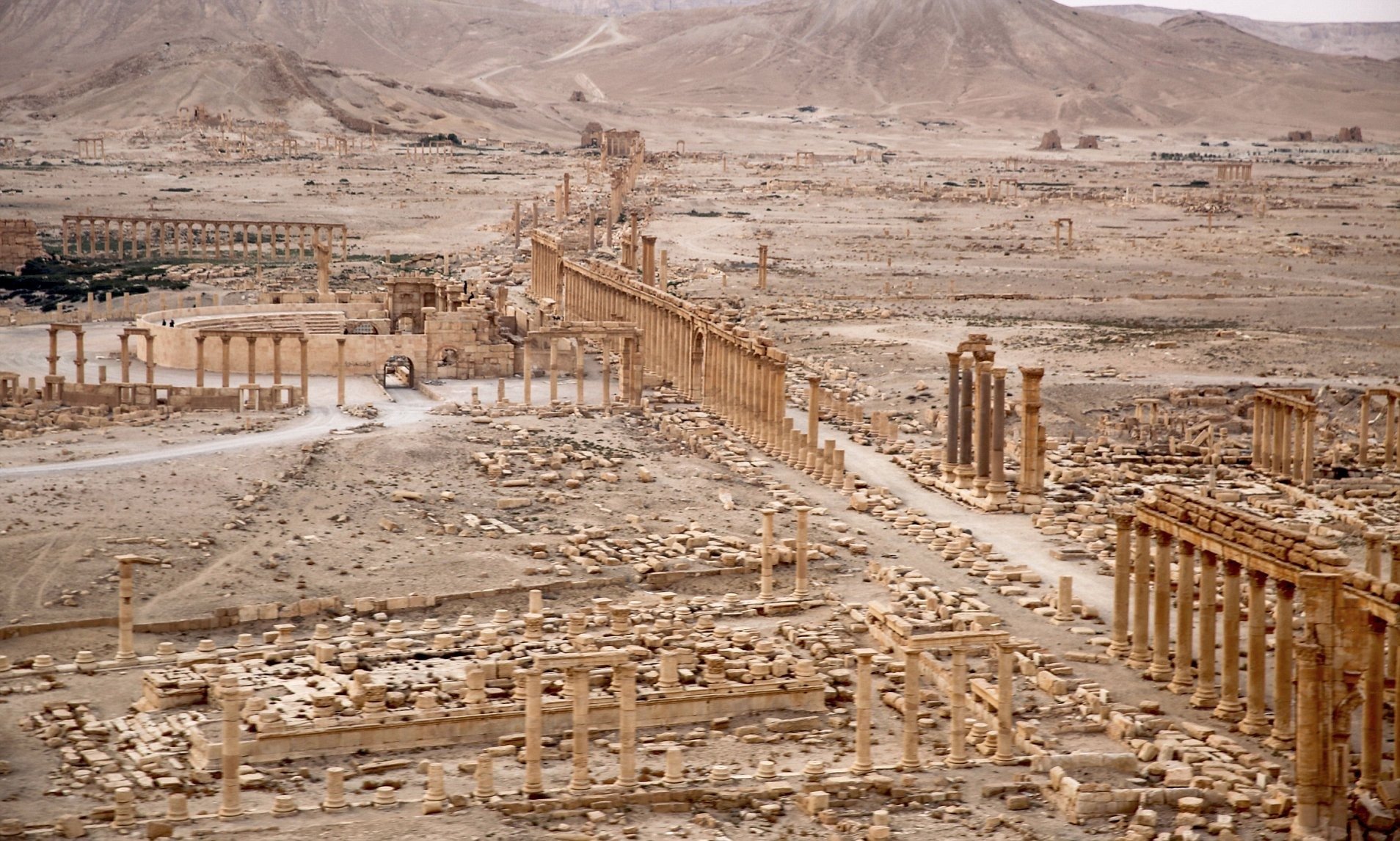
Efforts To Restore Roman Theatre
In the face of this destruction, efforts to restore the theatre began almost immediately.
On May 5, 2016, the theatre hosted two classical music concerts to commemorate the victims of the civil war and celebrate its liberation.
The concerts featured performances by the Mariinsky Theatre orchestra of St. Petersburg and a Syrian orchestra and choir.
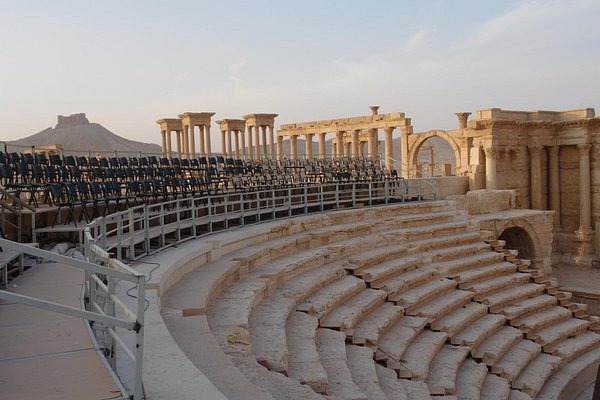
The Return Of ISIL
ISIL returned briefly in December 2016, which led to further destruction.
This destruction was part of a broader campaign by ISIL to erase pre-Islamic history.
The theatre has since become a symbol of hope and restoration.
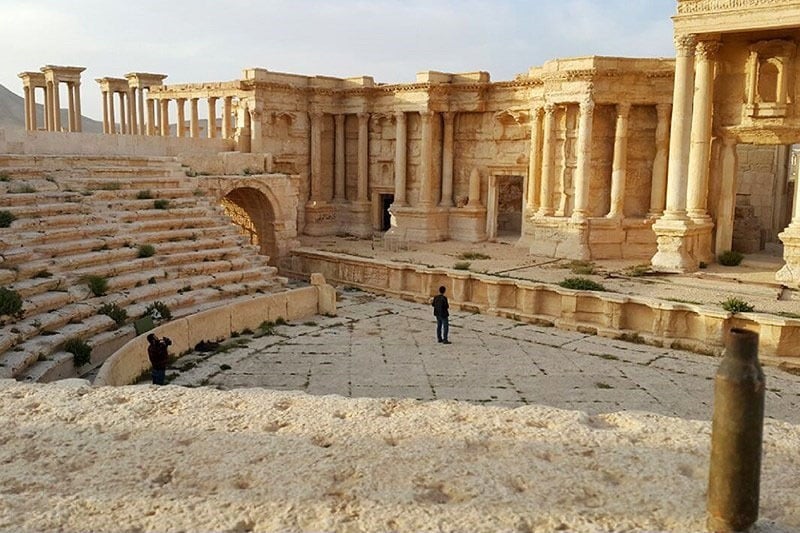
By March 2017, Palmyra was retaken by Syrian government forces, and restoration efforts began.
In July 2023, the Syrian Directorate-General of Antiquities and Museums and the Russian Academy of Sciences signed an agreement to fully restore the theatre, with plans to complete the work by the end of the year.


